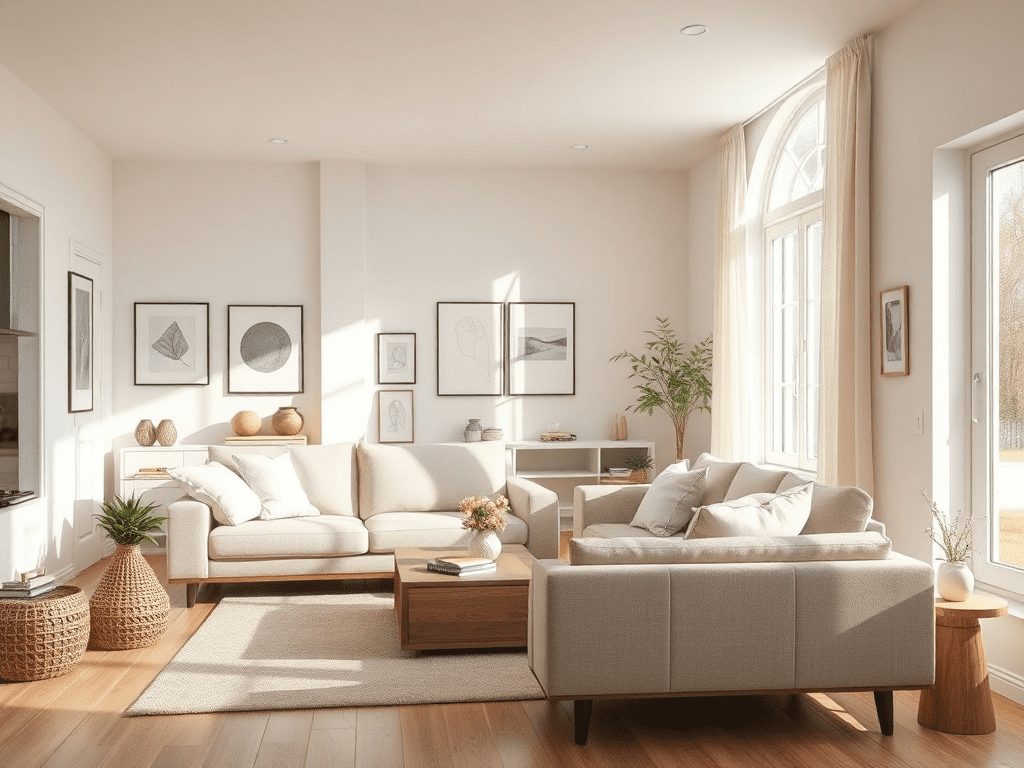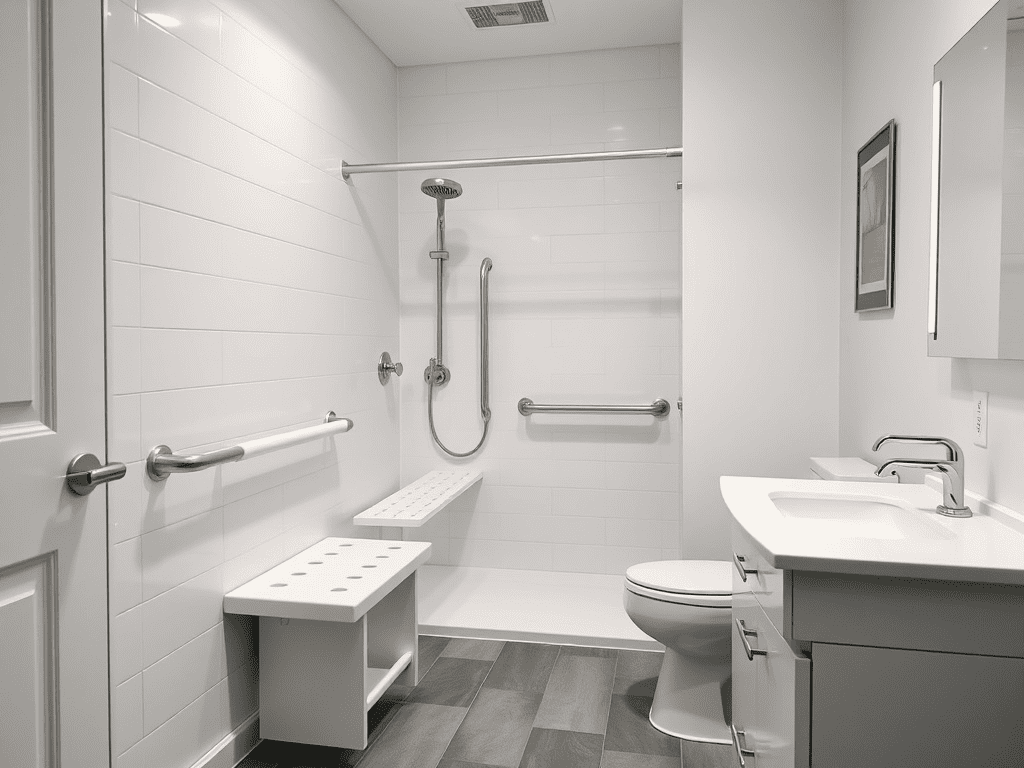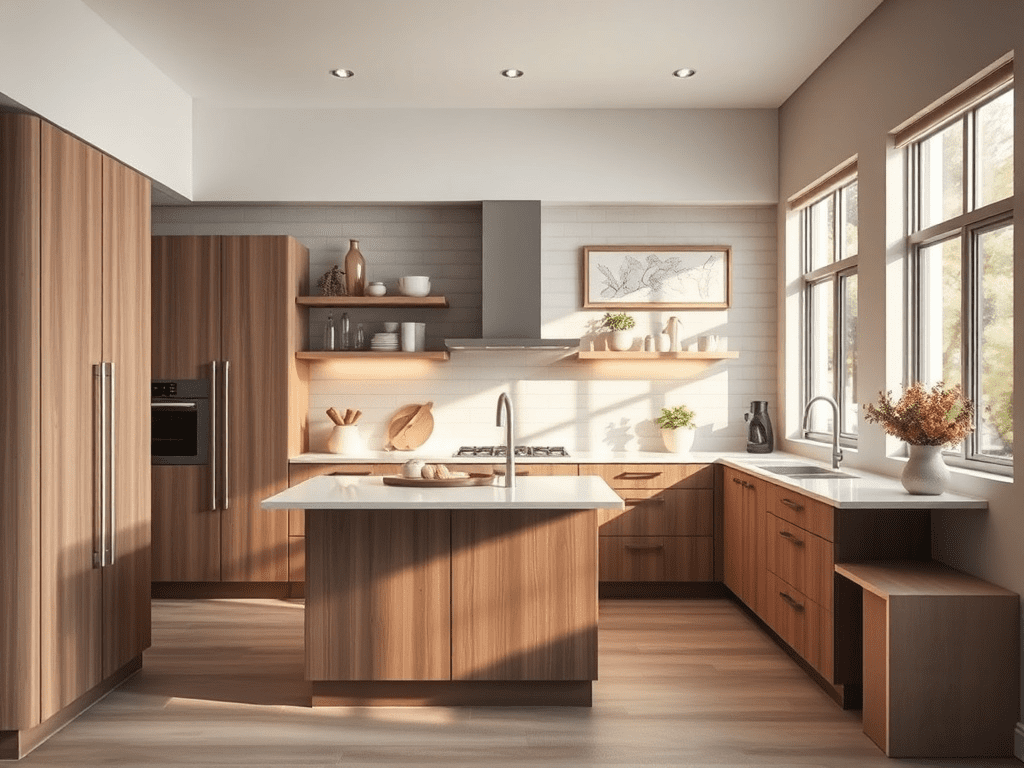Discover the transformative power of interior design for seniors, where comfort meets safety and style enhances independence. As we age, our needs evolve, and our living spaces should adapt to support those changes. This isn’t just about aesthetics; it’s about creating environments that promote well-being, reduce risks, and foster a sense of belonging.
What is interior design for seniors and why is it important?
Interior design for seniors focuses on creating living spaces that are safe, accessible, and comfortable for older adults. It goes beyond mere decoration to address the specific needs and challenges associated with aging, such as mobility issues, vision impairment, and cognitive decline. According to the National Council on Aging, falls are a leading cause of injury and death among older Americans, and many falls occur in the home. Thoughtful interior design can significantly reduce these risks.

How can interior design improve safety for seniors?
Safety is paramount in interior design for seniors. Simple modifications can make a world of difference. For example, installing grab bars in bathrooms, increasing lighting in hallways, and using non-slip flooring can significantly reduce the risk of falls. Here’s a breakdown of key safety considerations:
| Feature | Benefit | Example |
|---|---|---|
| Non-slip flooring | Reduces risk of falls | Cork, rubber, or textured vinyl |
| Grab bars | Provides support in bathrooms | Strategically placed near toilets and showers |
| Increased lighting | Improves visibility and reduces eye strain | LED lights with adjustable brightness |
| Lever handles | Easier to grip than traditional doorknobs | Installed on doors and faucets |
Key Considerations for Accessibility in Senior Home Design
Accessibility is crucial for maintaining independence and quality of life. Interior design for seniors with mobility issues involves creating spaces that are easy to navigate, even with the use of mobility aids. This includes wider doorways and hallways for wheelchair accessibility, ramps instead of stairs, and roll-in showers. Interior design for assisted living facilities also focuses on accessibility and safety.

What are some popular interior design trends for seniors?
Modern interior design ideas for elderly often incorporate universal design principles, which aim to create spaces that are usable by people of all ages and abilities. Some popular trends include:
- Open floor plans for easy movement
- Minimalist design to reduce clutter and visual distractions
- Smart home technology for enhanced convenience and safety
- Biophilic design to bring nature indoors and promote well-being
How can I make my home more comfortable as I age?
Comfortable bedroom design for elderly and other areas of the home should prioritize ergonomic furniture, proper lighting, and a soothing color palette. Ergonomic chairs and adjustable beds can provide optimal support and reduce strain on joints. Lighting solutions for aging eyes should be bright but not harsh, with adjustable settings to accommodate different needs. Consider affordable interior design for senior living solutions to maximize comfort without breaking the bank.
What are the most common design modifications for aging in place?
Aging in place design often involves a combination of safety and accessibility modifications. Some of the most common design modifications include:
- Walk-in showers with built-in seating
- Raised toilet seats
- Ramps or stairlifts
- Adaptive lighting systems
- Smart home devices for remote control of lighting, temperature, and security

How much does interior design for seniors typically cost?
The cost of interior design for seniors can vary widely depending on the scope of the project and the specific modifications required. Cost effective interior design for seniors can be achieved by prioritizing essential modifications and working with a designer who specializes in senior living. Factors that influence the cost include the size of the home, the extent of the renovations, and the materials used. The National Association of Home Builders offers resources and certifications for aging-in-place specialists [NAHB].
Interior Design for Seniors with Dementia
Interior design for seniors with dementia requires additional considerations to create a safe and supportive environment. This includes minimizing clutter, using contrasting colors to improve visibility, and creating familiar and calming spaces. Memory aids and visual cues can also help seniors with dementia navigate their homes more easily. A study published in the American Journal of Alzheimer’s Disease & Other Dementias highlights the benefits of creating dementia-friendly environments [American Journal of Alzheimer’s Disease].
FAQ Section
Where can I find interior design services specifically for seniors?
Finding a qualified interior designer specializing in senior living requires some research. Look for designers who have experience working with older adults and who are familiar with universal design principles. You can also ask for referrals from friends, family, or healthcare providers. The American Society of Interior Designers (ASID) offers a referral service to help you find qualified designers in your area [ASID].
What are the key features of a senior-friendly home design?
Key features of a senior-friendly home design include:
- Single-level living
- Wide doorways and hallways
- Non-slip flooring
- Grab bars in bathrooms
- Adequate lighting
- Easy-to-reach storage
Is there financial assistance for interior design modifications for seniors?
Financial assistance for interior design modifications for seniors may be available through government programs, non-profit organizations, or private lenders. Check with your local Area Agency on Aging or disability resource center to learn about available resources. Some programs offer grants or low-interest loans to help seniors make necessary home modifications. The U.S. Department of Housing and Urban Development (HUD) also offers programs that can assist with home modifications [HUD].
Embrace the possibilities of interior design for seniors
Interior design for seniors is an investment in well-being, independence, and quality of life. By creating spaces that are safe, accessible, and comfortable, we can empower older adults to live their best lives in the homes they love. Whether it’s through simple modifications or comprehensive renovations, the possibilities are endless.


